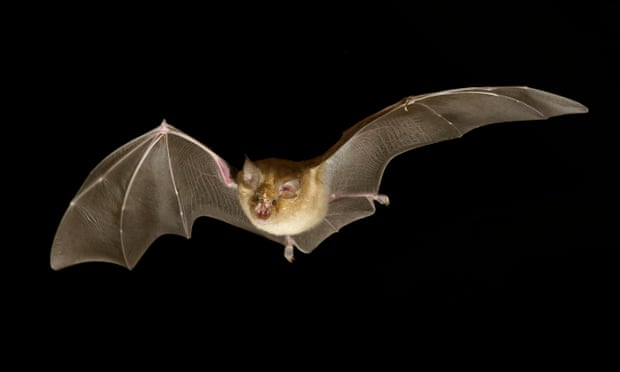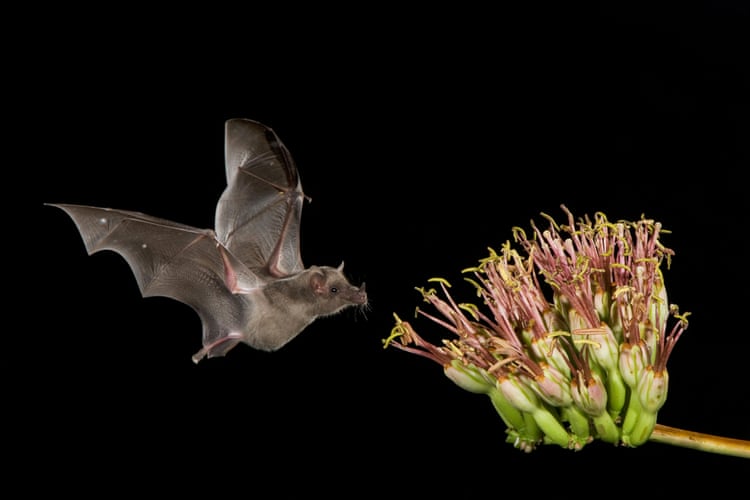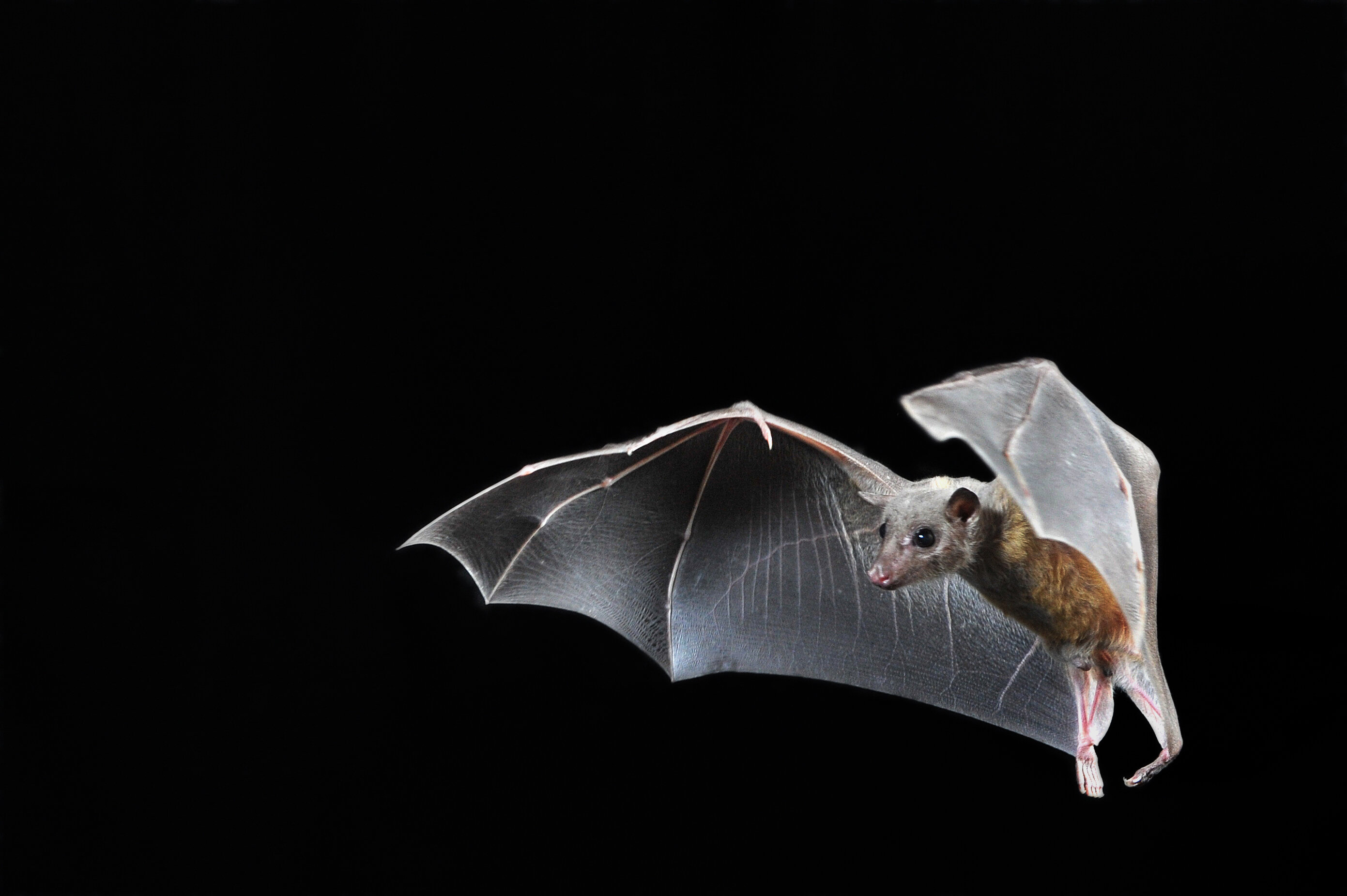Wind farm operators in Australia are being encouraged to use the simple method of curtailment — increasing the wind speed required for turbines to start rotating — which a new study has found can drastically lower how many bats are killed by the enormous blades.
The tactic is already being used in the United States, Canada and some European countries, but has not been widely embraced in Australia, reported The Guardian.

“[T]he construction of wind turbine facilities may fragment and degrade habitats, making them unsuitable for breeding, foraging, commuting, and migration,” the authors of the study wrote. “Furthermore, large numbers of volant vertebrates, such as raptors and bats, are killed by wind turbines. With bats accounting for the majority of vertebrate fatalities at wind turbines, global wind energy production is the leading cause of multiple mortality events in bats.”
The study, “Toward solving the global green–green dilemma between wind energy production and bat conservation,” was published in the journal BioScience.
Most wind turbine blades begin rotating and generating power — “cut in” — when wind speeds reach approximately 6.71 miles per hour, with maximum output of energy at from 22.4 to 33.6 mph, The Guardian reported.
The research team discovered that an increase in the speed at which wind turbines begin to cut in to 10.1 mph reduced the average number of bat deaths by 40 percent, with even better results at higher speeds.
Ecologist Emma Bennett, who has taken bat and bird surveys at wind farms since 2005, estimated annual bat mortality in Victoria at 25,000 to 50,000.
Bennett said “the sheer numbers of dead bats” she had collected and identified had spurred her to find a solution.
A four-month trial led by Bennett at a wind farm in Victoria where the speed of cut in was raised to 10.1 mph resulted in 54 percent fewer bat deaths, with a power output reduction of just 0.16 percent and only 0.09 percent less revenue for the operator of the wind farm.
“I am persevering. I feel like there’s no other situation in Australia where we would be killing so many mammals accidentally, where we wouldn’t change our behaviour,” Bennett said, as reported by The Guardian.
A draft of new federal government onshore wind farms guidelines are set to be finalized soon that list curtailment as a potential mitigating step in reducing bat deaths. New South Wales draft guidelines have also included curtailment.
New research in Victoria with the purpose of reducing bat and bird collisions with turbines is set to be finished in October.
Co-author of the study professor Justin Welbergen, a Hawkesbury Institute for the Environment ecologist, said curtailment was effective because low wind speeds often coincide with periods of high activity for bats, though there were variations in the specifics depending on the species of bat and the location.
Welbergen explained that, though there had been extensive surveys, the issue was still not well understood in Australia because data had not been made accessible or centralized. This meant that testing and investigating solutions that applied to the Australian context was difficult.
“[W]e all want more green energy that will benefit our climate and, by extension, biodiversity… including our bats,” Welbergen said.
The Australasian Bat Society said that, while it supports renewable energy, the number of bats being killed on wind farms was “already unacceptably high and is expected to increase further as more wind farms are being developed.”
Among 10 principles that the society outlined to support a “viable wind industry” that had “no net loss to bat populations” were not allowing wind turbines to spin when there was no energy being produced, reducing the risks of bat collisions through curtailment, avoiding wind energy development in inappropriate places and providing better data sharing and transparency.
Professor Brendan Wintle, an ecologist with University of Melbourne and the Biodiversity Council, said Australia could develop a renewable energy system that was cost-efficient and beneficial for nature, including bats.
“It’s just a matter of getting the planning right and getting the regulatory environment right to ensure that happens,” Wintle said, as The Guardian reported.
This article by Cristen Hemingway Jaynes was first published by EcoWatch on 20 August 2024. Lead Image: A fruit bat approaches a branch to land in Melbourne, Australia. CriagRJD / iStock / Getty Images Plus.
What you can do
Help to save wildlife by donating as little as $1 – It only takes a minute.







Leave a Reply